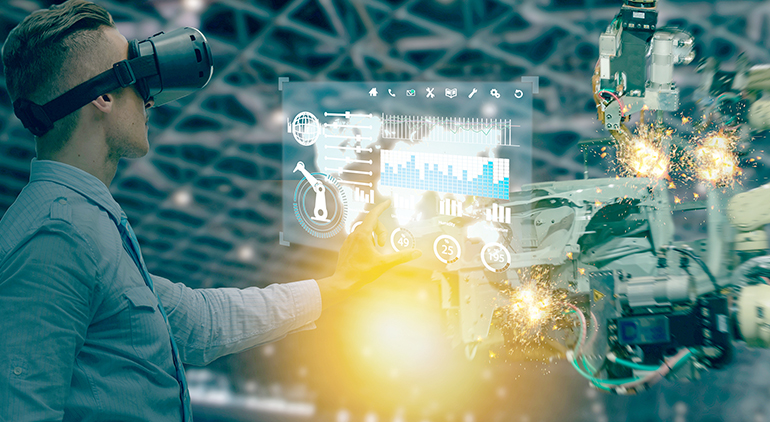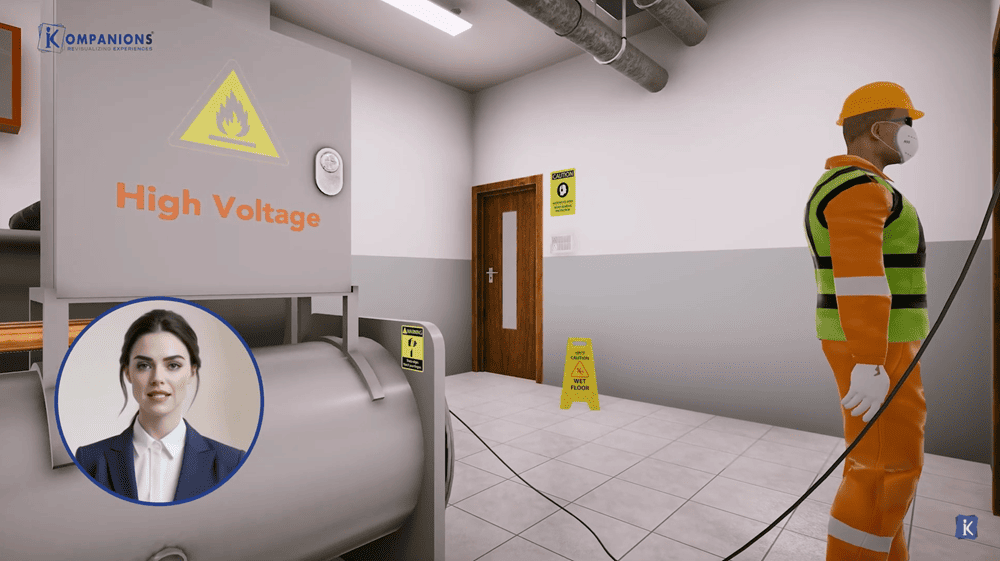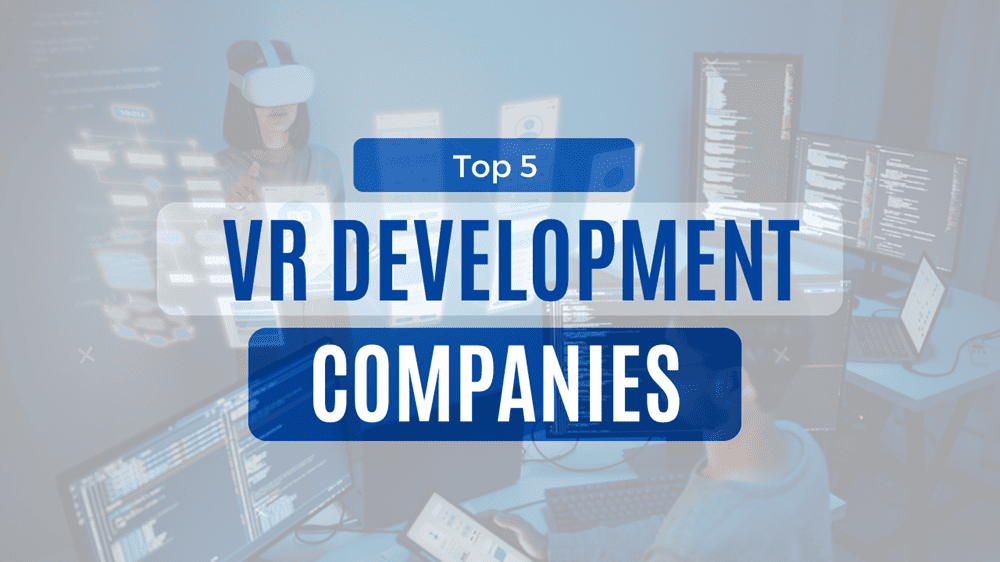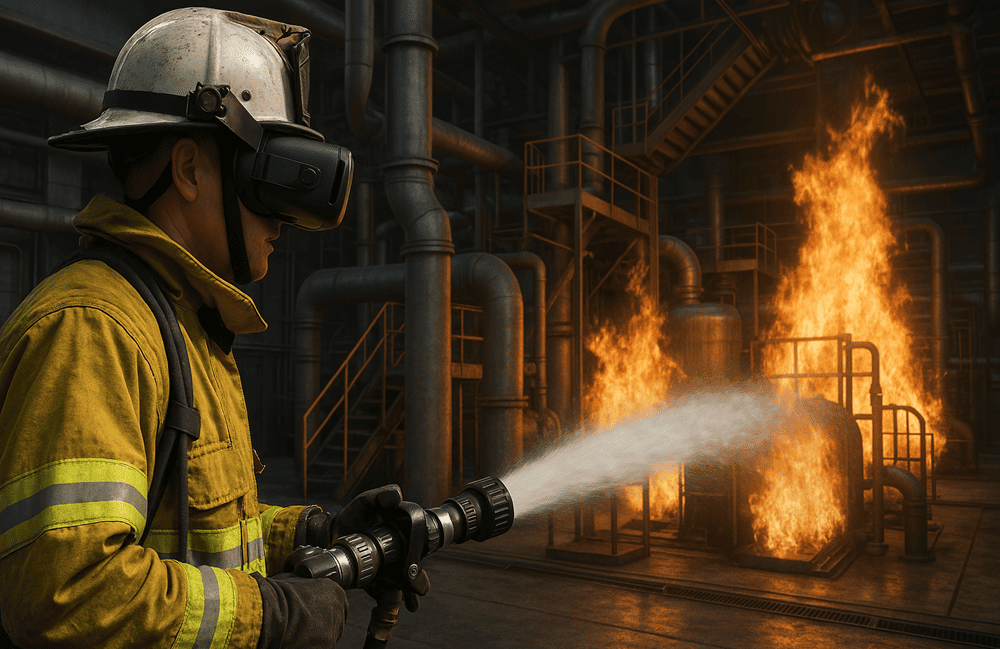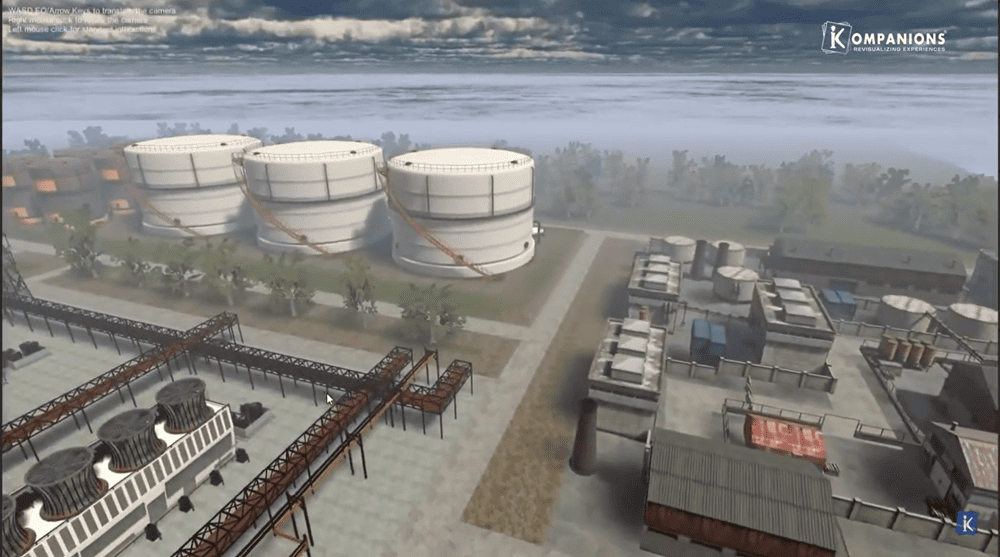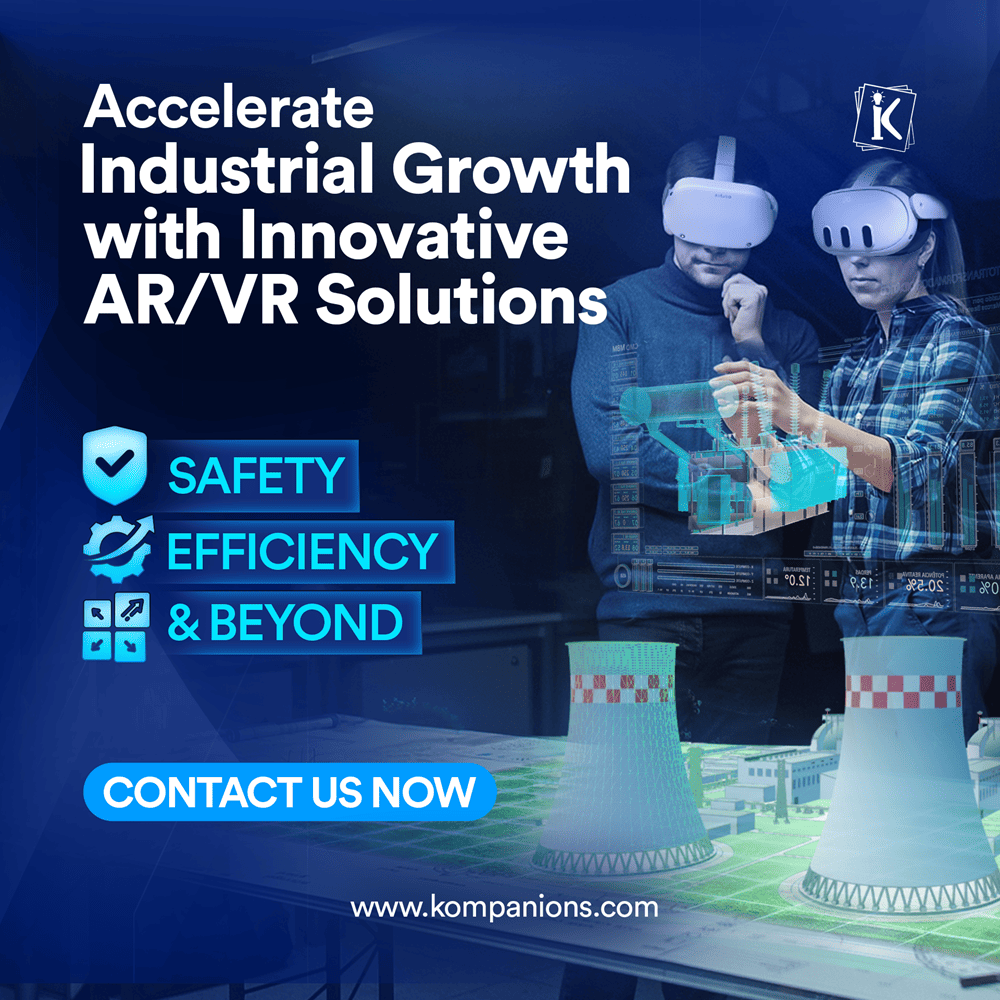The Virtual Reality Boom in B2B Industries
Virtual Reality is a disruptive and powerful technology tool. It is reinventing industries and businesses in today’s age through immersive user experiences.
From entertainment to automobiles, the potential for Virtual Reality applications in various industries is on the rise. Consequently, some sectors like education technology, entertainment, hospitality, automobiles, etc have been quick adopters of VR. Whereas some industries are yet to fully immerse themselves.
What is Virtual Reality?
Virtual Reality is a synthetically created environment and the user must be completely immersed to experience it. These immersive experiences are highly interactive and explorable.
Given its ability to enhance the way users interact with the 3D world, VR has been immensely successful in customer-centric industries. The inherent realism of this virtual world has the potential to create powerful and customized human experiences.
The Friction Against Adopting Virtual Reality In B2B Industries
Conventionally steered industries are heavily reliant on commercial production requiring physical and hands-on labour. As a result, they have always been slow adopters of technology. A pre-defined configuration in place doesn’t really leave room for technology to penetrate.
However, with the advent of technologies like VR, B2B customers are also expecting customized solutions like B2C markets.
Following are the reasons why B2B players have overlooked the applications of Virtual Reality so far:
1. Complicated:
It’s a common assumption that Virtual reality as a service and concept is complicated to learn or adopt. But this is far away from the reality. The immersive nature of VR makes it one of the most novel yet easily integrated technologies for absolutely any business type.
2. Uneconomical:
When the world’s first VR device was launched, it cost a thousand dollars. Through the reimagination of VR, it becomes increasingly affordable. Moreover, with the right strategic application, Virtual Reality can offer a long-term return on investments.
3. Ineffective:
Drivers of traditional industries often think of Virtual Reality to be just a flashy tool that does not add any significant and operational value to businesses.
On the contrary, Virtual Reality can create real-time immersive experiences even in remote locations. VR is designed to bring inefficiency. In 2024, Virtual Reality (VR) has continued to grow in significance within B2B industries, with 91% of businesses planning to adopt VR or AR technologies, primarily for training, product engineering, and design.
The immersive nature of VR has proven beneficial, especially in areas like employee training, where it has been shown to reduce workplace injuries by 43% and improve retention rates by 75%.
Redefining Businesses with Virtual Reality
Since business volumes are higher for B2B industries than for B2C industries, it is imperative that VR has a proportionally larger impact on the former. Following are how Virtual Reality has proved to be an effective tool for operation-driven industries:
1. Visualization and demonstration of products in a portfolio can be simulated effortlessly to educate the clients. Even the products that haven’t been built yet. This helps in creating engaging experiences for the client. VR also comes in handy for conducting virtual tradeshows and events.
2. Virtual Reality has made it possible to train staff in a virtual classroom, that can also be conducted remotely. The workforce can be trained for product development, sales, maintenance, and other functions across industries like automotive, manufacturing, consumer goods, power, and energy.
Related post: Metaverse Training: A New Dimension of Corporate Training
3. VR has proved to be extremely cost-effective as it allows to building of digital twins for manufacturing, energy, and power industries. This has revolutionized the process of product development and real-time detection of failures.
4. Virtual Reality allows for effective category management for retail through virtually created stores.
5. B2B marketers are utilizing Virtual Reality to create dynamic content that resonates well with the client. VR can act as a compelling storytelling tool as it completely immerses the user in a virtual journey.
6. Automobile manufacturers are adopting Virtual Reality for product design and marketing, workforce training, and collaboration applications.
As industry players gear up to reinvent their operations through VR, research suggests that the first movers to experiment with immersive technologies will undoubtedly stand to gain.
A report by Accenture states that companies resistant to ride this technological wave, are at a risk of losing 10 to 20 percent of their revenues.
Way Forward
In an age where the world is shut down due to the norms of social distancing, this is the right time for industrial players to reconsider VR and its impact. Certainly, VR as a tool and concept will take its own time to become a cornerstone in the business processes of various industries.
However, with its limitless potential, it is already on the path to becoming the same.
We at KOMPANIONS constantly strive to open a world of possibilities with VR.
Our expertise lies in creating customized Virtual Reality development solutions for all your business needs with services that are unparalleled.
Get in touch with us for a complete technology makeover of your business.

